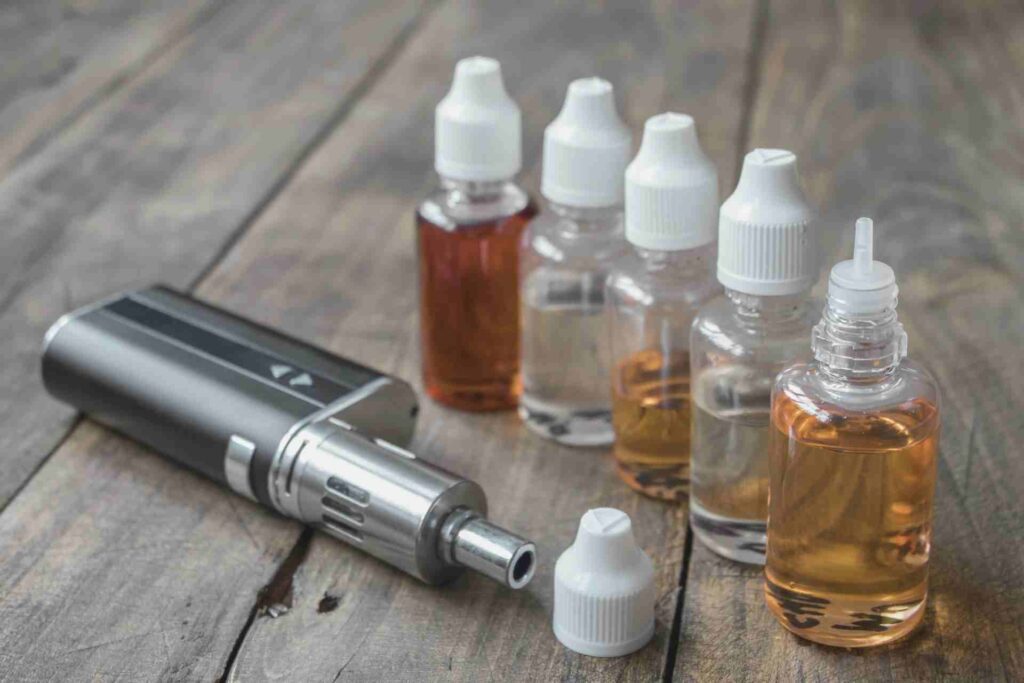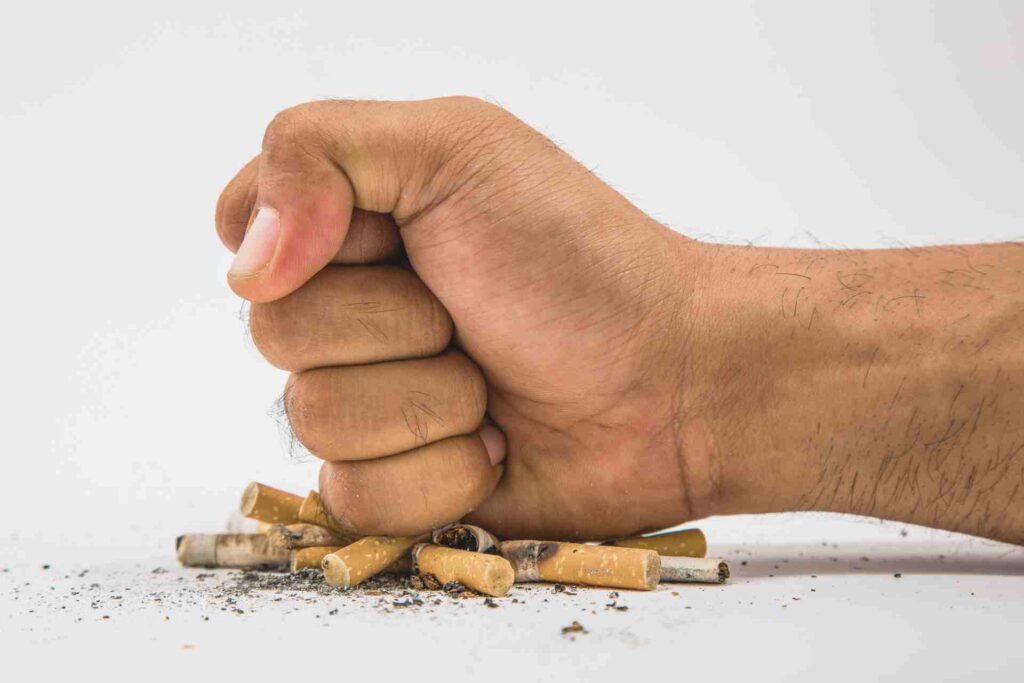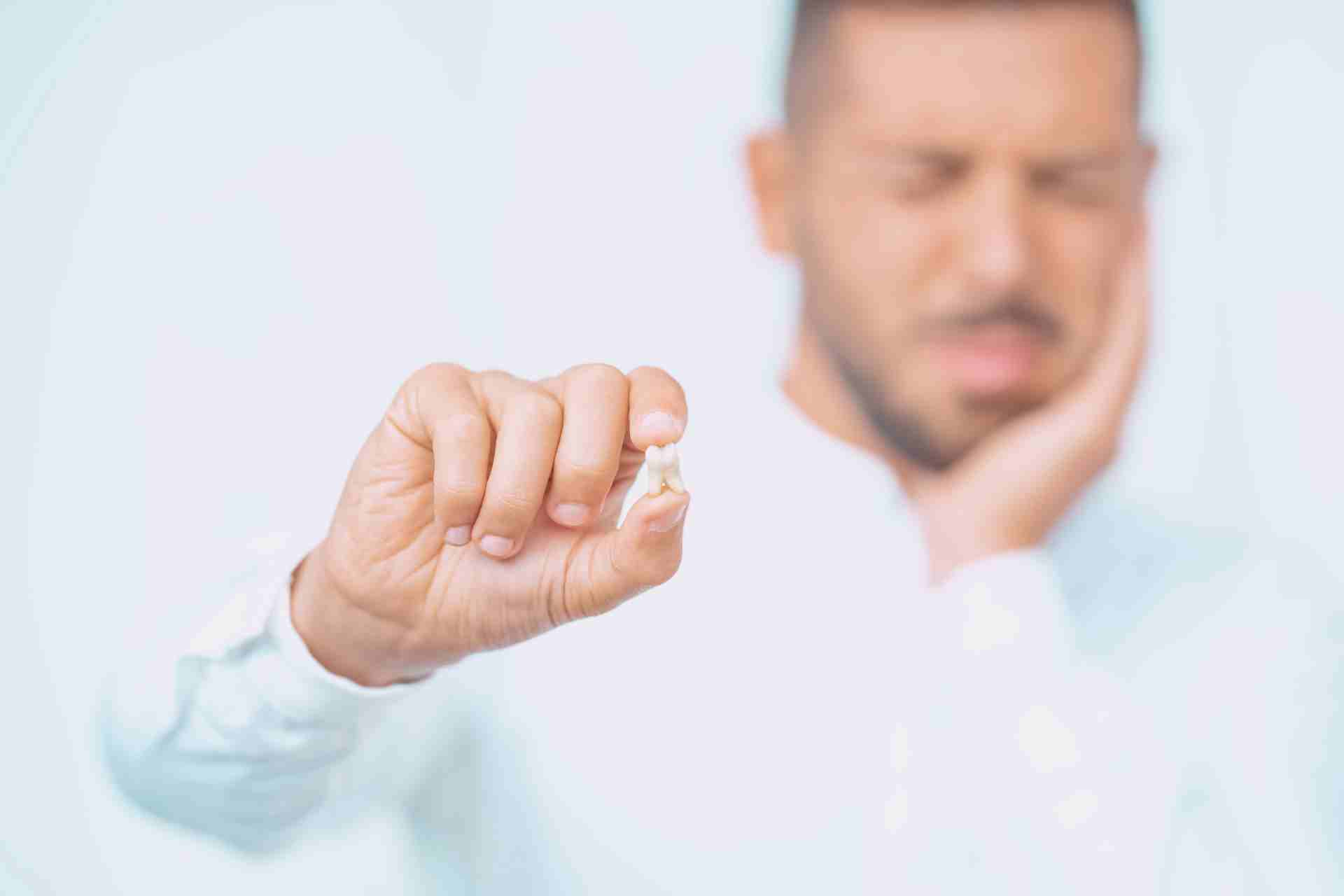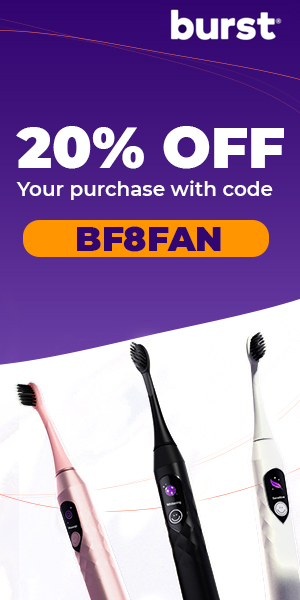Tooth extractions aren’t exactly fun, but they’re sometimes necessary to keep your mouth healthy. After oral surgery or any dental work, your body needs time to heal. And what you do in the days following the procedure can make a huge difference.
For those who vape, the big question is: Can you vape after a tooth extraction? The short answer? Not right away.
Vaping too soon can:
- slow healing
- increase pain
- lead to serious complications like dry socket
In this guide, we’ll break down:
- why vaping is risky after an extraction
- how long you should wait
- what you can do instead to protect your recovery
How Long Should You Wait to Vape After Tooth Extraction?

We recommend waiting at least 48 to 72 hours before vaping after a tooth extraction. This gives your body time to start healing and reduces the risk of complications like a dry socket.
If you’ve had a wisdom tooth extraction or a more complex procedure, it’s best to wait a full week or longer before vaping. Larger wounds take more time to heal. Any suction or exposure to chemicals can slow recovery or cause irritation.
Every person heals differently. Always follow your dentist’s specific instructions based on your procedure and overall oral health. If you’re unsure, waiting longer is always the safest choice.
Why Is Healing After Tooth Extraction Important?
Your body has a natural healing process after a tooth extraction. Protecting the extraction site is crucial for a smooth recovery.
After a tooth is removed, a blood clot forms over the empty socket. Think of this clot as a protective barrier—it shields the exposed bone and nerves. This allows new tissue to grow and prevents infection.
If this clot is dislodged too soon (which can happen from vaping, smoking, or even drinking through a straw), the healing process is interrupted. This can lead to a dry socket, a painful condition where the bone and nerves are exposed. A dry socket increases your risk of infection and prolongs recovery.
The bottom line? Keeping the blood clot intact is key to avoiding complications and ensuring proper healing. That’s why vaping too soon is a major risk.
What Are the Risks of Vaping After a Tooth Extraction?

Nicotine Slows Healing
Nicotine is a vasoconstrictor, meaning it:
- narrows blood vessels
- reduces blood flow
This limits the amount of oxygen and nutrients reaching the extraction site, making it harder for your body to heal.
It also increases inflammation, which can slow tissue repair and leave you more vulnerable to infection.
If you want a faster, smoother recovery, avoid nicotine for a few days—or forever.
Suction Pressure Can Cause Dry Socket
One of the biggest risks of vaping after a tooth extraction is the suction force created when you inhale.
Every time you take a puff, you create negative pressure in your mouth. This can dislodge the blood clot that’s protecting the extraction site. If that happens, you’re at risk for a dry socket.
A dry socket not only causes intense pain but also significantly delays healing and increases the risk of infection. This is why dentists strongly advise against any activity that involves strong suction, including:
- vaping
- smoking
- drinking through a straw
Chemical Irritation and Infection Risk
Vaping also introduces a mix of chemicals and aerosols that can irritate the healing extraction site.
Many e-liquids contain artificial flavors, propylene glycol, and other additives that may cause inflammation or discomfort when they come into contact with sensitive tissue. This irritation can slow healing and increase the likelihood of complications.
Even more concerning, vape aerosols can introduce bacteria into the extraction site, raising the risk of infection.
With an open wound in your mouth, any extra bacteria can:
- delay healing
- cause swelling & pain
- cause a serious oral infection
To avoid these risks, it’s best to stay away from vaping until your mouth has had time to heal properly.
Tips to Avoid Complications If You Vape (For Those Who Can’t Quit Immediately)
While avoiding vaping completely is the best way, some people find it difficult to stop. If you absolutely must vape, these precautions can help lower the risks. But keep in mind, they won’t eliminate them entirely.
Use nicotine patches or gum. This keeps nicotine in your system without exposing the extraction site to harmful chemicals or suction.
Take smaller, gentler puffs. Reducing the force of inhalation can help minimize the risk of dislodging the blood clot.
Cover the extraction site with gauze. Holding a piece of gauze over the area may offer some protection from suction.
Drink plenty of water. Staying hydrated helps flush out chemicals and bacteria that could irritate the healing area.

Even with these precautions, the safest choice is to wait until your dentist says it’s okay to resume vaping. Healing properly now means avoiding painful complications later.
What Are the Best Practices for a Smooth Recovery?
Healing properly after a tooth extraction requires extra care, especially in the first few days. Follow the right aftercare routine and avoid complications.
Soft foods – Stick to soups, yogurt, mashed potatoes
Eating soft foods prevents unnecessary pressure on the extraction site. Anything too hard or chewy can:
- irritate the area
- disrupt the blood clot
- cause pain while chewing
In the first few days, opt for smooth, easy-to-eat options like applesauce, scrambled eggs, and smoothies.
Avoid crunchy/spicy – Chips, nuts, spicy foods can irritate the wound
Crunchy foods can get stuck in the extraction site, increasing the risk of infection. Spicy foods may cause burning or irritation, making the healing process even more uncomfortable.
Stick to mild, gentle foods until your mouth has healed.
Saltwater rinse – Gently rinse, but don’t swish forcefully
A warm saltwater rinse keeps the area clean and reduces swelling. However, it’s important to be gentle—swishing too aggressively can dislodge the blood clot and lead to a dry socket.
Instead, tip your head side to side and let the liquid move naturally.
Pain management – Take prescribed medication as directed
Your dentist may recommend over-the-counter pain relievers like ibuprofen or acetaminophen. If prescribed medication is needed, follow the instructions carefully.
Ice packs can also help reduce swelling and numb discomfort in the first 24 hours.
No smoking/vaping – Avoid nicotine to prevent dry socket

Nicotine slows healing. The suction force from smoking or vaping can dislodge the clot, leading to extreme pain and delayed recovery.
Even just a few puffs can increase the risk of infection and complications. If quitting isn’t an option, consider nicotine patches or gum to get through the healing period safely.
Key Takeaways
- Vaping after a tooth extraction can delay healing and increase infection risk.
- Dentists recommend waiting at least 48-72 hours—longer for wisdom teeth.
- If you must vape, minimize suction, use nicotine alternatives, and stay hydrated.
- Following post-op care instructions is the best way to prevent complications.
For more expert dental tips, follow @joycethedentist on social media!
FAQs
How can I vape without getting dry socket?
You can’t completely avoid the risk if you vape too soon. Dry socket happens when the protective blood clot gets dislodged, and vaping—whether it’s the suction or the chemicals—makes that more likely. If you absolutely must, take the smallest puffs possible, keep gauze over the site, and avoid nicotine. But the safest choice? Give it time.
Can I hit my vape with gauze in my mouth?
Gauze might help a little, but it won’t fully protect the extraction site. The suction from vaping can still pull the clot loose, and the chemicals in vape aerosol can irritate the wound. If you’re trying to prevent dry socket, the best option is still to hold off for a few days.
When is dry socket no longer a risk?
Dry socket is most likely to happen within the first 3–5 days after an extraction. By day 7, the risk is much lower, and after about two weeks, you should be in the clear. But healing speeds vary, so if you’re unsure, check with your dentist before picking up your vape again.
Can I vape 0 nicotine after surgery?
Even without nicotine, vaping still involves suction and chemicals—both of which can mess with healing. If you’re trying to play it safe, wait at least 3–7 days before even considering it. Your mouth will thank you.
Can I hit my vape through my nose after wisdom teeth removal?
It might seem like a smart workaround, but it’s still not a great idea. You’re still inhaling chemicals, and there’s a chance some of that vapor could reach your extraction site. At the end of the day, the best move is just to wait until you’re healed.





















